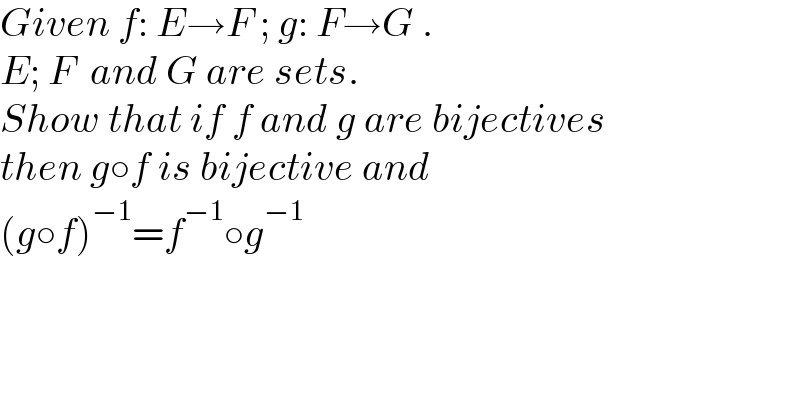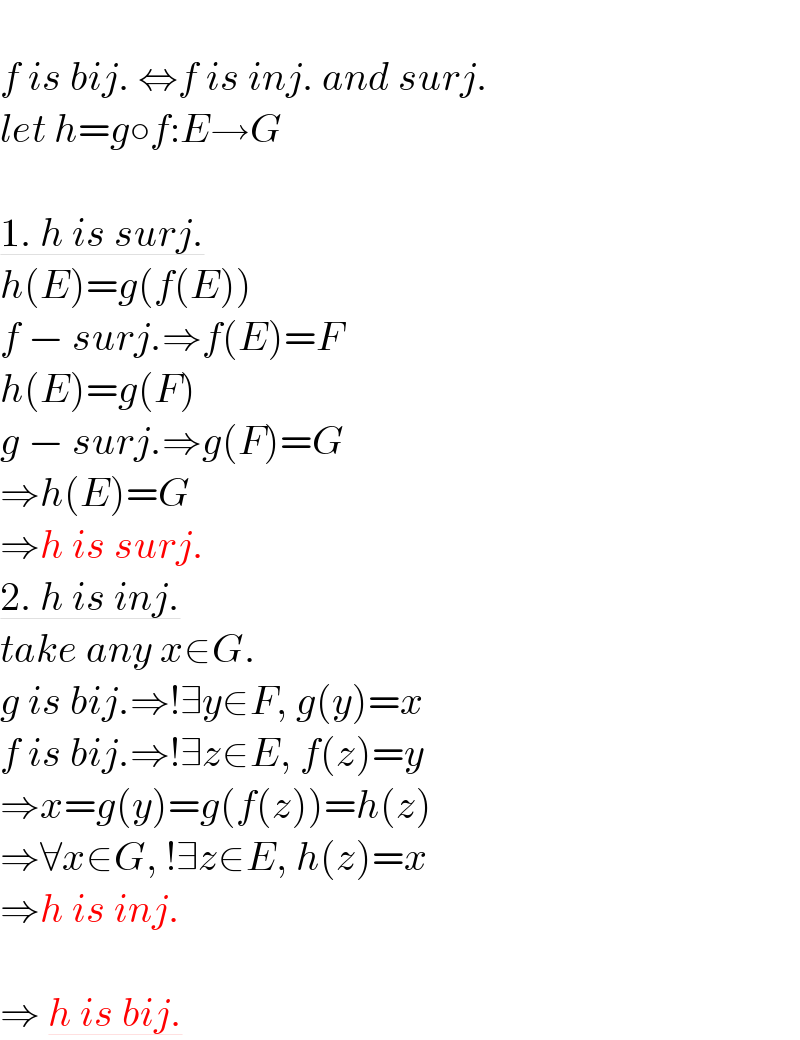
Question and Answers Forum
Question Number 165576 by mathocean1 last updated on 04/Feb/22

Answered by aleks041103 last updated on 04/Feb/22

Answered by aleks041103 last updated on 04/Feb/22

| ||
Question and Answers Forum | ||
Question Number 165576 by mathocean1 last updated on 04/Feb/22 | ||
 | ||
Answered by aleks041103 last updated on 04/Feb/22 | ||
 | ||
| ||
Answered by aleks041103 last updated on 04/Feb/22 | ||
 | ||
| ||